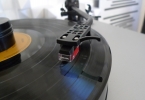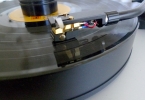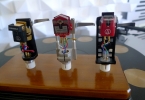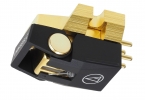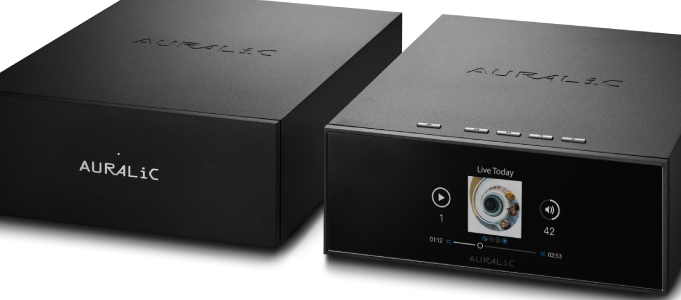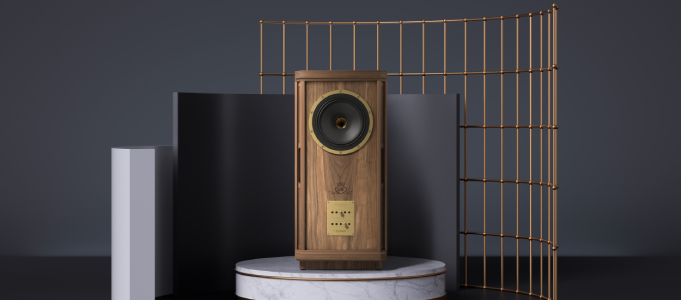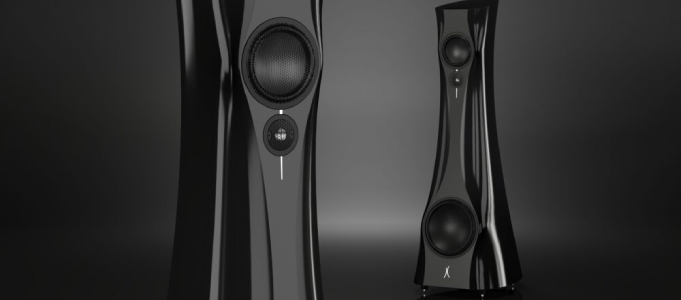REVIEW: AUDIO-TECHNICA PHONO CARTRIDGES

These days the current generation of younger audiophiles equate Audio-technica with its large spread of headphones. More seasoned audio flakes, however, celebrate the brand’s continuing research and development in phono cartridges.
Audio-technica
VM760SLC ($1199 RRP)
VM540ML/H ($479 RRP)
Phono Cartridges
As my neighbour, Wolf, says of the new Audio-technica cartridges, “They’d work ‘poifectly’ in the old 1010 tonearm.” Wolf’s not great with elocution, but he knows his hifi.
Indeed the lamented Audio-technica 1010 and these moving magnet cartridges would have made an audio match fashioned in heaven by music-loving celestial angels.
The thing is, these days the current generation of younger audiophiles equate Audio-technica with its large spread of headphones.
More seasoned audio flakes, however, celebrate the brand’s continuing research and development in phono cartridges.
The headphones are great, they’ll tell you. And drawing a deep breath, they’ll point out cartridges is where the abiding audio interest is.
Audio-technica does indeed market a large and respected range of moving magnet and moving coil cartridges.
In fact, they have done for decades, and even when the market was under siege like all the other cartridge manufacturers from '84 until 2014.
1984 was the year CD arrived festooned by a mountain load of misleading hype.
1984 was also the year you could hear the sound of the famous Japanese cartridge designers’ samurai swords sharpened, while they uttered the word “sayonara’’.
And 1984 to complete a triplicate was also the title of George Orwell’s classic novel about the shape, form and function of the absolutist, totalitarian state. It’s hard for analogue loving music lovers not to fail to notice the symbolism between CDs arrival and Orwell’s classic novel.

In the end, it all turned out the way few expected. The turntable not only came back, but it’s cool to own a deck these days.
If this suggests a horde of younger buyers, you’d be on the money. The majority of new turntable buyers are young, they’re enthusiastic and committed to vinyl.
Most happily start their audio journey with the cartridge that comes fitted to their new deck. Generally, this will be a cartridge supplied by Audio-technica or Ortofon.
It's also a fair bet that on an entry-level or mid-fi turntable it’s a moving magnet (MM) cartridge.
This also makes sense for newbies as except for Rega or Mo-Fi MM cartridges, nearly all moving magnet cartridges have user replaceable stylus assemblies.
When it comes time to upgrade the cartridge, the new-comer would be well served if they chose the Audio-technica VM540ML/H - assuming they have a tonearm with a universal detachable headshell.
Sadly, this stonkingly adept cartridge is supplied with a headshell. It isn’t available without one. Which is rather clumsy of Audio-technica because of one overriding, salient fact: most budget to mid-fi turntables include tonearms that do not feature a detachable headshell.
Price offers an alibi for Audio-technica.

The VM540ML/H is a mid-level cartridge in Audio Technica’s model hierarchy. And its price of $479 suggests it’s far from a budget model. A price indicating Audio-technica sees older buyers with older turntables as well as newbie upgraders as the VM540ML/H’s constituency.
They may be right. Older buyers will overwhelmingly have tonearms with detachable headshells if they own a legacy turntable.
Whatever the real synopsis, after a couple of months spent pleasurably with the VM540ML/H, I can share with analogue lovers the news that this is a giant killer of a cartridge.
But let’s put this in context.
Audio-technica also sent me a spanking new high end moving magnet called the VM760SLC that I grew very, very fond of in the course of the review. Partly because it looks a lot like one of my favourite Audio-technica cartridges of all time, the AT160ML.
A cartridge I keep in my collection and with very few playing hours on the stylus.
The AT160ML is refined, extraordinarily detailed and supremely musical and articulate. The VM760SLC is all of the above and adds an extra degree of subliminal detail, transparency and neutrality.
With a price of $1199, the VM760SLC’s performance held no surprises. It’s stunningly well built, and the brown and gold finish mimicking that of the AT160ML is simply gorgeous.
So take it as given, the VM760SLC is a high end moving magnet that will grace any mid to high-end tonearm.
But, and this is a huge but, and one that asks you to take me at my word as a bona fide cartridge fan, it was the much cheaper VM540ML/H that made me sit up and take notice.
Installed in my workhorse turntable, the Dr. Feickert Woodpecker turntable fitted with a vintage Fidelity Research FR64FX tonearm, the VM540ML/H behaved like the complete moving magnet cartridge.
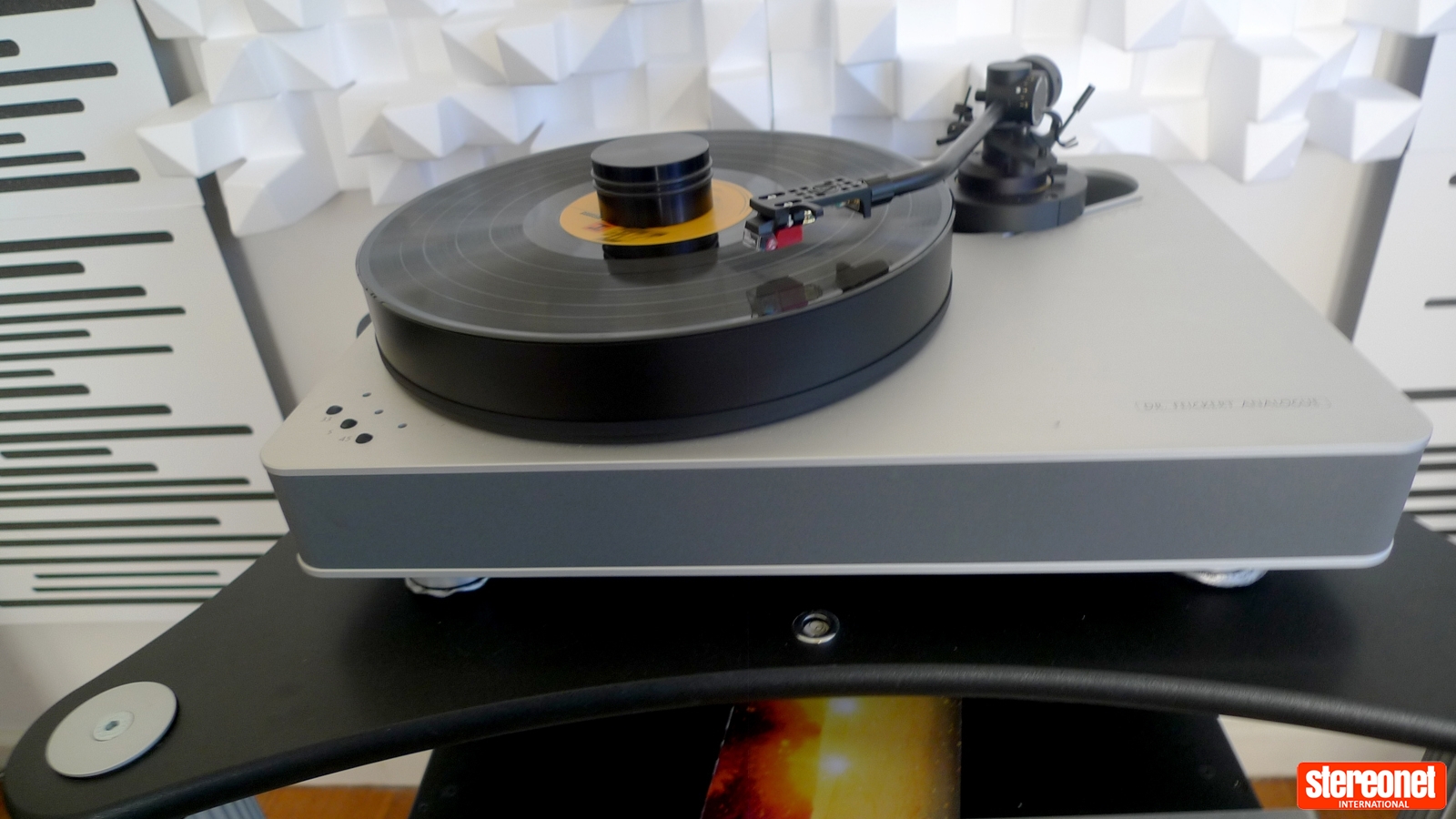
Do you want neutrality? This cartridge has it. What about detail? Sure, taken in isolation, the VM540ML/H retrieves enough detail to satiate your senses. Musicality? While on the cool side of neutral, the VM540ML/H will get your feet tapping in time with the music.
It wasn’t until I replaced this cartridge with the much dearer VM760SLC model that I twigged to just what the cheaper cartridge was doing.
I should have known better.
Let’s leave you in no doubt that the VM760SLC is a superior cartridge in every aspect of performance. That’s why it costs the big bucks that it does.
Play the same LPs with both cartridges, and clearly, the dearer cartridge delivers much more detail, greater levels of transparency, soars higher in the treble, digs deeper in the bass, has a more expansive midrange, has a more defined image and a larger soundstage.
Replace it with the cheaper VM540ML/H, and after three or four complete sides of an LP, you might wonder, as I did, why you’d want anything more from a cartridge.

I put this to Wolf. The man of few words that he is and all he said was, “The really good cheaper cartridges ambush you.”
I know what he means. You expect truly awful cheap cartridges to sound truly awful. But quality inexpensive cartridges give you much, much more than their price tags indicate.
It’s in the nature of our hobby to celebrate whenever we encounter a satisfying sounding inexpensive piece of equipment.
Think NAD 3020, Pioneer A400 amplifiers, Dual CS505 and Rega 1 turntables, the original Mordaunt-Short Pageant 1 or 2 speakers and of course, dirt-cheap solid core cables.
Add to this list, the entry level Grado, Shure, Ortofon and Audio-technica moving magnet cartridges or Denon’s affordable and ageless DL103 moving coil cartridge, the Mayware/JH Formula 4 or original Rega RB300 tonearms. You get the picture.
All these components share two qualities with Audio-technica’s VM540ML/H: they’re inherently musical sounding, but above all, they cover their tracks beautifully.
The VM540ML/H is such a beautifully balanced cartridge from top to bottom frequencies and digs out plenty of fine detail, while presenting this within a plausible soundstage with admirable neutrality and transparency, it suffices.
Until you hear a better cartridge ...
The only sonic quality missing from both Audio-technica cartridges is outright, dynamic attack. Comparing both to my Decca Maroon and then later, a Denon DL103R, brought this home.
Yes, a Decca has far more oomph, but it won’t track as well as both Audio-technicas that frankly track like young gazelles on heat. And you can’t replace the stylus.
And to be sure, a Denon DL103R has more dynamic heft, but as with the Decca, you can’t replace the stylus.

Of course, hifi is always a game of swings and roundabouts and I’d no more give up my Decca or Denon than I would two or three espresso coffees each morning, despite these cartridge’s known foibles.
But when I reach a point where low anxiety replaces my current obsessive approach to hifi, a point where I realise I don’t need to suffer for my hobby, I’d reach out to either of these Audio-technica cartridges.
Feeling in a nostalgic mood I reached for some well-played vinyl of albums that have pleased me muchly over the journey.
I seldom reach for Amanda McBroom’s Dreaming recording these days. But there was a time when this LP was played on every turntable spinning at every hifi show around the globe.
The track most likely to cause a cartridge grief is The Rose. A simple arrangement but with vocals accelerating like a missile, The Rose is tough terrain for any cartridge to negotiate cleanly and efficiently.
The pair of Audio-technica cartridges tracked The Rose at less than two grams with what seemed like arrogant ease. Compared to the Decca and Denon DL103R, the AT duo both sounded as clean as the proverbial whistle because they didn’t create any distortion during the climatic parts of the song.
While I preferred the midrange presence of the Decca and the DL103R’s dynamic prowess compared to the Audio-technicas, I have to admit a level of admiration for the latter pair’s neutrality and transparency.
The Audio-technica cartridges are sonically elegant in a way the Decca and the Denon are not. As for plausibility, that feeling you’re in the presence of real music, I’d rate the Decca and Denon as a notch above the Audio-technica cartridges.
When it came to detail retrieval though, the VM760SLC was in a class of its own as it drilled into the Ry Cooder track, Somebody’s Callin' My Name from the Crossroads Album.

Out of the rich harmonies, the VM760SLC enabled you to pick out individual voices and individual instruments. When it came to soundstage and imaging, it was as sure-footed placing these separate vocals and instruments on a very wide soundstage.
The cheaper Audio-technica massed the voices more, and it just couldn’t dissect individual instruments as well as its dearer sibling, but gosh it provided a satisfying listen.
None better than when playing my venerable Donovan album, Catch The Wind. If I hadn’t had the VM760SLC for comparison, I would not have been aware that I could have more separation, more transparency, more detail and a broader frequency response.
What pleased me most about the VM540ML/H was its tonal purity. After playing back the title track Catch The Wind, Wolf offered the opinion that it sounded like the vintage track that it undoubtedly was. He said:
I was around in 1965 when that was first released. And really, the ambience I’m hearing is vintage Donovan of that era.
For old times sake, we put the VM760SLC in the groove and sat back to enjoy The Universal Soldier, the anti-war hymn of that era. An old song renewed by the clarity provided by this pedigree cartridge.
At the end of this night’s listening session, Wolf made the comment that Audio-technica has lost none of its cartridge making excellence. I had to agree.
All things change and some for the better. As these two musical adept cartridges amply show, Audio Technica still does cartridges better than most.
For more information visit Audio-technica.
Peter Familari
One of the veterans of the Australian HiFi industry, Peter was formerly the Audio-Video Editor of the Herald Sun for over two decades. One of the most-respected audio journalists in Australia, Peter brings his unparalleled experience and a unique story-telling ability to StereoNET.
Posted in:Hi-Fi
Tags: audio-technica
JOIN IN THE DISCUSSION
Want to share your opinion or get advice from other enthusiasts? Then head into the Message Forums where thousands of other enthusiasts are communicating on a daily basis.
CLICK HERE FOR FREE MEMBERSHIP
Trending
applause awards
Each time StereoNET reviews a product, it is considered for an Applause Award. Winning one marks it out as a design of great quality and distinction – a special product in its class, on the grounds of either performance, value for money, or usually both.
Applause Awards are personally issued by StereoNET’s global Editor-in-Chief, David Price – who has over three decades of experience reviewing hi-fi products at the highest level – after consulting with our senior editorial team. They are not automatically given with all reviews, nor can manufacturers purchase them.
The StereoNET editorial team includes some of the world’s most experienced and respected hi-fi journalists with a vast wealth of knowledge. Some have edited popular English language hi-fi magazines, and others have been senior contributors to famous audio journals stretching back to the late 1970s. And we also employ professional IT and home theatre specialists who work at the cutting edge of today’s technology.
We believe that no other online hi-fi and home cinema resource offers such expert knowledge, so when StereoNET gives an Applause Award, it is a trustworthy hallmark of quality. Receiving such an award is the prerequisite to becoming eligible for our annual Product of the Year awards, awarded only to the finest designs in their respective categories. Buyers of hi-fi, home cinema, and headphones can be sure that a StereoNET Applause Award winner is worthy of your most serious attention.




